The steering system is one of the essential systems in your car. It is what allows you to steer your vehicle in the direction you want to go.
Without a steering system, you would not be able to control your car, and it would just go straight. The steering system has many different parts that all work together to allow you to steer your vehicle.
Many parts make up the steering rack assembly, but one of the essential components is the steering gear.
Without adequately working steering gear, your car would not be safe to drive. Because of this, it’s best to adjust your steering gear to ensure your vehicle's smooth and safe operation.
However, how do you adjust the rack and pinion steering gear? Can you do it on your own, or do you need professional help? Here are several things you should know.
1 What is Rack and Pinion Steering System?
First of all, what are rack and pinion steering systems? For those who don’t know, the rack and pinion steering system is a type of steering system that uses a pinion gear to convert rotational movement into linear movement.
Manufacturers use this steering system in many vehicles, including cars, trucks, and buses.
The rack and pinion steering system is a prevalent type of steering system because it is very efficient and easy to use. The rack and pinion steering system is reliable and can last many years with proper maintenance.
Because of these benefits, almost all vehicles today have a rack and pinion steering system. So, there’s a huge possibility that your car also uses a rack and pinion for its steering.
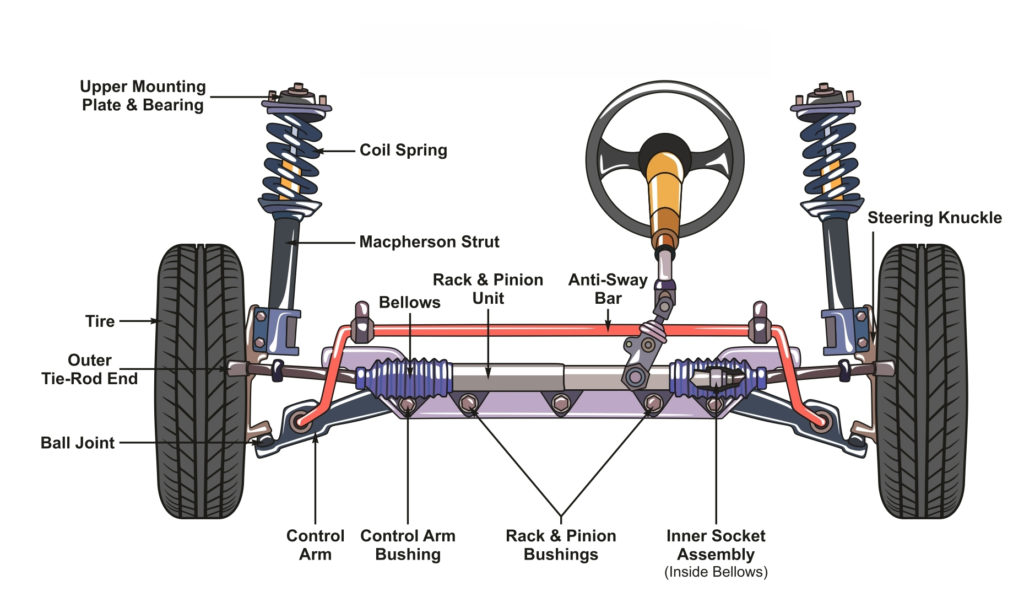
2 How Does This Steering System Work?
Have you ever wondered how your car makes those nifty turns? It's all thanks to the rack and pinion steering system. This system comprises vital components, including the rack, pinion gear, and tie rods.
The rack is a long, straight piece that fits inside the frame of your car. The pinion gear is a small gear that attaches to the steering shaft. The tie rods connect the steering knuckles to the ends of the rack.
When you turn the steering wheel, the pinion gear turns with it. This, in turn, moves the rack back and forth.
The tie rods push and pull on the steering knuckles, which causes the wheels to turn. And there you have it - that's how rack and pinion steering works!
It might sound easy. However, this system is pretty complicated. That is why many car owners immediately turn to professional auto mechanics whenever they experience issues with their steering.
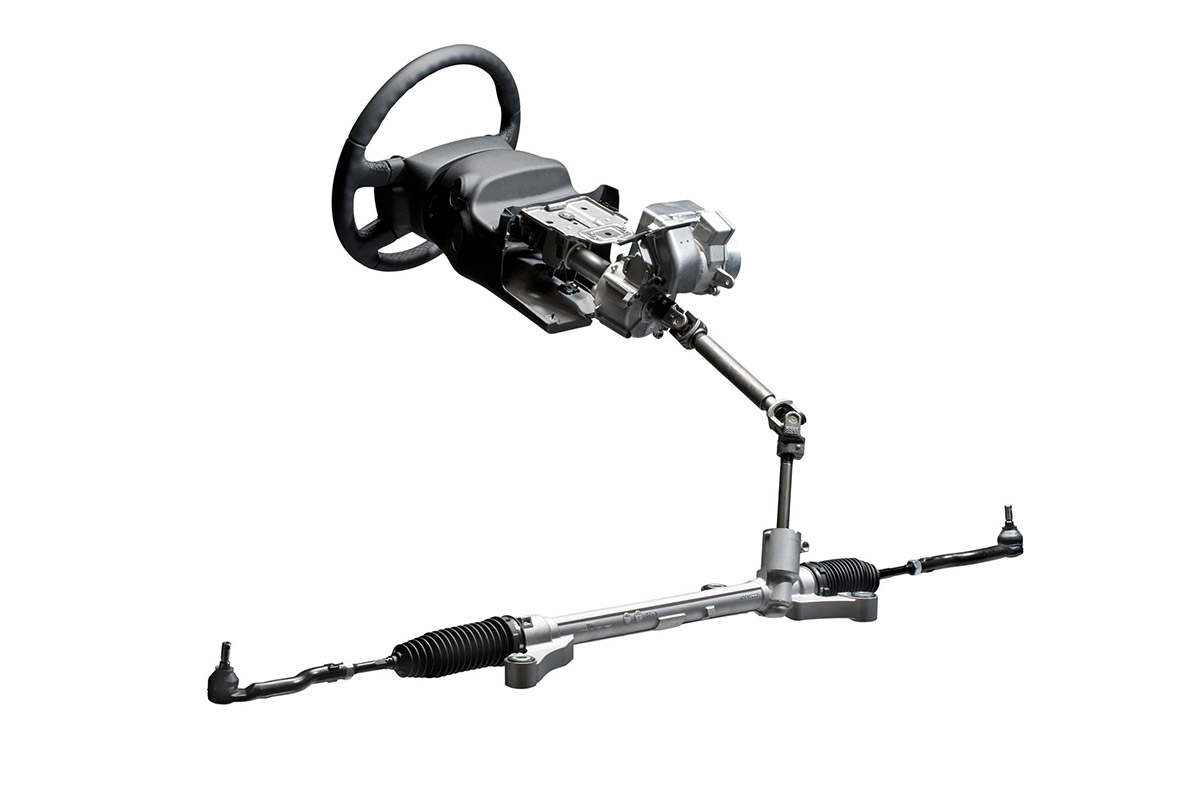
3 Why Do Car Manufacturers Prefer Rack and Pinion Steering?
As any car enthusiast knows, the steering system is one of the essential parts of a vehicle. It allows the driver to control the car's direction and helps absorb shocks and vibrations from the road.
There are two forms of steering systems: rack and pinion steering and recirculating ball steering.
People often tout rack and pinion steering as a superior alternative to traditional steering systems.
Of course, there is a reason for this. The rack and pinion steering systems offer some benefits that others can’t provide. Some of these benefits include:
1) More Precise Control
One of the main advantages of rack and pinion steering rack assembly is that it provides more precise control. This can be beneficial when driving on winding roads or in tight spaces.
You want to have as much control as possible when steering your vehicle. That's why rack and pinion steering systems offer a more precise way to navigate than other systems.
With rack and pinion, the steering wheel is connected to a rack that converts the turning motion into linear motion. This means that the wheels turn more directly, giving you better control over your vehicle.
In addition, this type of system is less likely to experience wear and tear, making them a more durable option for your vehicle. That is why most cars today use rack and pinion for their steering.
2) Have Fewer Parts
Another reason the rack and pinion system is superior is that it requires fewer parts, which in turn means fewer opportunities for something to go wrong.
The rack and pinion steering system also tend to be more durable, so it will require less maintenance in the long run.
3) It is Lighter
The rack and pinion steering system is a very efficient power steering system. It is light in weight so that manufacturers can use it in smaller vehicles.
The rack and pinion steering system is also used in all-wheel drive vehicles. It helps to distribute the power to all the car's wheels evenly.
This system is very reliable and durable. It can last for a long time without any problems.
4) Economical And Easy to Manufacture
Rack and pinion steering are more common in newer cars, as it is more economical and easier to manufacture.
It uses a pinion gear that meshes with a rack connected to the wheels. When the driver turns the pinion gear, it moves the rack, which steers the car.
On the other hand, recirculating ball steering is more common in older cars, as it was initially designed for horse-drawn carts! It uses a series of gears and balls to help turn the wheels.
While both steering systems have advantages, people generally consider rack and pinion steering more efficient and easier to maintain.
As a result, it is an increasingly popular choice for new cars.

4 Common Issues with Rack and Pinion Steering
As mentioned earlier, the rack and pinion steering are imperfect. It also has a couple of flaws and drawbacks.
Fortunately, manufacturers are doing their best to eliminate these flaws and ensure the system's smooth operation.
Still, car owners with rack and pinion steering usually experience common problems. These issues include:
1) Lack of Response
One common issue people have with rack and pinion steering is a lack of response. This means that when you turn the wheel, there is often a delayed response from the front tires.
This can be frustrating, especially when trying to parallel park or make a quick turn.
There are a few possible explanations for this problem. This includes:
- You might have a damaged or worn-out rack. This can often happen if the car hits a large pothole or bumps into something.
- The power steering fluid may be low. This is a common issue, and it's often easy to remedy by simply topping off the fluid levels.
- The problem could be with the tires. If not correctly inflated, they may not provide enough traction, resulting in a delayed response.
Whatever the cause, a lack of response from the rack and pinion steering can be annoying and dangerous. If you're experiencing this problem, be sure to have it checked out by a qualified mechanic.
2) The Steering Wheel Shakes at the Turn
Another common issue people have with rack and pinion steering is that their steering wheel shakes when they turn.
A problem with the rack usually causes this, but a problem with the pinion can also cause it.
If you're having this problem, there are a few things you can do to try to fix it. Here are some of them:
- Check the alignment of your wheels. They can cause your steering wheel to shake if they're out of alignment.
- Check the condition of your tires. If they're worn or damaged, they can also cause your steering wheel to shake.
- If you have an adjustable steering column, try adjusting it to see if that helps.
If none of these things fix the problem, you may need to replace your rack and pinion.
3) Noisy Steering Wheel
If your steering wheel is making noise, it's likely due to a problem with your rack and pinion steering. This common issue can be caused by various factors, including worn-out bearings, a damaged rack, or even low levels of power steering fluid.
No matter the cause, getting the problem fixed as soon as possible is essential. Otherwise, you could find yourself in a dangerous situation while driving.
Fortunately, most auto shops can fix a noisy steering wheel quickly and easily.
So, if you hear strange noises from your steering wheel, don't hesitate to take it in for a check-up.
4) Fluid Leaks
Another common issue with rack and pinion steering is a fluid leak. The fluid helps to keep the system lubricated and helps to keep the metaphors moving smoothly.
When there is a leak, it can cause the system to become dry and damaged. In some cases, the leak can also cause damage to the surrounding areas, such as the brake lines or power steering system.
If you suspect that your vehicle may have a fluid leak, it is essential to have it checked by a qualified mechanic as soon as possible.
Left unchecked, a fluid leak can quickly lead to costly repairs.
5) Steering Pulls to One Side
If your car starts to pull to one side while driving, it's likely an issue with your rack and pinion steering.
This problem can be caused by several things, including a damaged steering rack, loose steering components, or worn-out suspension parts. In some cases, it may simply be that your car needs an alignment.
If you notice that your car is pulling to one side, the best thing to do is take it to a mechanic and have them look. They'll be able to diagnose the problem and give you an estimate for the repair.
Rack and pinion steering are essential to your car's steering system, so keeping it in good working order is critical.
By being aware of the common issues, you can help ensure that your car remains safe to drive.
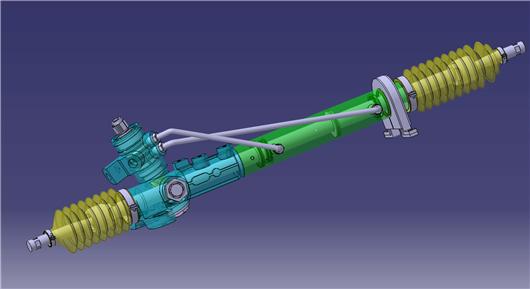
5 Can You Fix Rack and Pinion Steering on Your Own?
As mentioned earlier, the rack and pinion system consist of several parts. Each of these components works together to make your steering smooth and comfortable.
When you experience issues with your steering, the best thing you can do is fix them. However, fixing something in your car costs a lot of money.
So, the question is, can you fix the rack and pinion steering on your own? Well, the answer depends on what the problem is.
Some issues are highly complicated, and you will need the help of a professional. On the other hand, a couple of problems are easy to fix.
One of these problems is a misaligned rack and pinion steering gear. Luckily, you can fix this issue on your own. All you need are some tools and a bit of knowledge.
Also, if you’re planning to replace the steering rack, you’ll need to consider the Toyota Etios steering rack price as well.
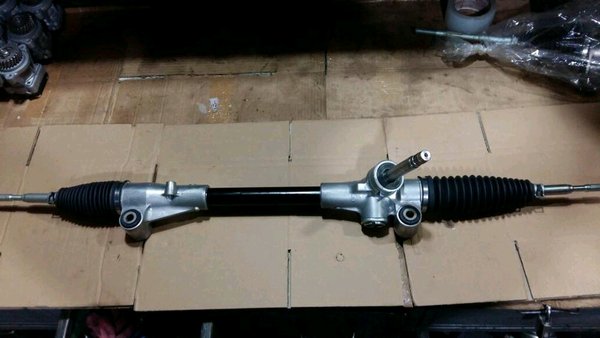
6 How to Adjust Rack and Pinion Steering Gear?
As you can see, there are a couple of common issues that drivers experience with their rack and pinion steering system.
However, if you notice, you can fix most of these issues by simply adjusting the steering gear of your system.
Note that most steering problems occur due to wear and tear. Driving your car regularly can cause some parts to be misaligned. Fortunately, you can quickly fix these issues by adjusting the steering gear.
So, how do you adjust the rack and pinion steering gear? Well, you need to rely on your owner’s manual for this.
However, almost every manual rack and pinion steering gear have a rack guide adjustment screw. All you need to do is to look for this screw and adjust it.
First, park your car on a level surface and turn off the engine. If you have used your vehicle before, wait a couple of hours to ensure the engine is cool.
Once the engine is cool, and your car isn’t hot to work with, locate the adjusting screw on the side of the steering gear. You can usually find this component near the top of the steering gear.
After locating the adjusting screw, use a wrench to turn the adjusting screw clockwise to tighten the steering or counterclockwise to loosen it.
Keep in mind that different car manufacturers have various recommendations when it comes to torque. That is why it’s essential to read the owner’s manual to know the recommended process.
Lastly, start the engine and test drive the car to see if the steering feels better. If not, you’ve got to repeat the entire steps until you achieve the desired results.
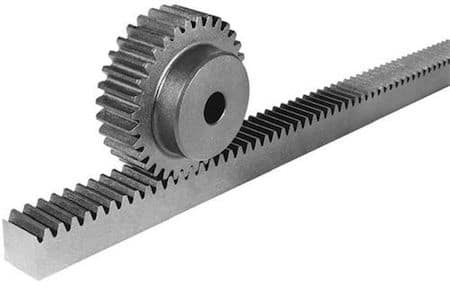
7 Should You Hire a Mechanic to Adjust Your Rack and Pinion Steering Gear?
While the rack and pinion system is generally quite reliable, it can sometimes become misaligned, causing the vehicle to pull to one side.
As a result, many people wonder whether hiring a mechanic is worth adjusting their rack and pinion steering.
There are a few things to consider before making a decision.
Note that adjusting your rack and pinion steering is not a difficult task, and it is something that you can likely do yourself with a few tools and some patience.
However, adjusting the steering yourself could void the warranty if your vehicle is still under warranty.
Finally, if you are not comfortable working on your vehicle or if you do not have the time to do it yourself, hiring a qualified mechanic may be the best option.
Whether or not to hire a mechanic to adjust your rack and pinion steering depends on personal preference and your level of comfort with working on your vehicle.

8 How Much Does Rack and Pinion Steering Gear Adjustment Cost?
If you don’t have the tools, skills, or knowledge to adjust your steering gear, you probably want to hire a professional mechanic for help.
If that is the case, you'll want to know how much it will cost. The good news is that rack, and pinion steering gear adjustment is not particularly expensive.
The bad news is that it's not particularly cheap either.
The average cost of a rack and pinion steering gear adjustment is between $200 and $400.
There are several factors to consider. One of these factors is the price of the steering rack if it needs replacement. Thus, if you have a Toyota Etios, you need to consider the Toyota Etios steering rack price.
And that's before you even factor in the cost of labor. So, if you're looking to save money, you might consider doing it yourself. But be warned, it's not a particularly easy job.
Still, you can save a lot of money if you do it independently. Simply follow the steps mentioned above and read your car’s owner’s manual, and you’re good to go.
9 Can You Drive Your Car Without Adjusting the Rack and Pinion Steering Gear?
If your car has rack and pinion steering, you may wonder if you can get by without adjusting its gear. After all, it's not like the engine or transmission - you can still drive without it, right? Wrong.
Your rack and pinion steering are essential to the safe operation of your vehicle. Without it, your car will be difficult to control, and you may be in danger of an accident.
So, think again if you're thinking of driving without fixing your rack and pinion steering. It's not worth the risk.
The Previous Articles: Steering rack Diagram What Is Rack and Pinion Bushing? How To Tell If Rack and Pinion Bushings Are Bad? Why Steering Rack Makes Noise When Turning? How To Rebuild A Steering Rack? What Is A Rotary Valve Power Steering Rack? Rack And Pinion System Vs Power Steering System: What Are The Differences? Power Steering Rack Market Analysis Report (Japan Market) What Causes Steering Rack to Go Bad? Design Of Car Rack And Pinion Steering Racks What Is The Intelligent Steering Rack Used By VW, Toyota, Honda And Renault?

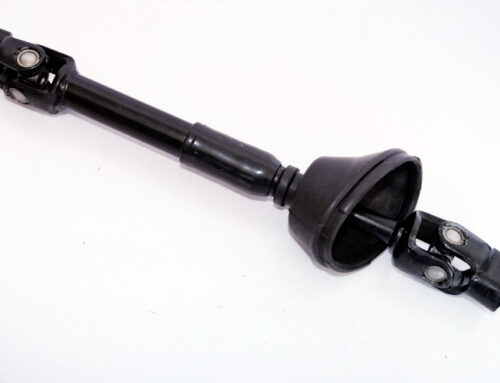
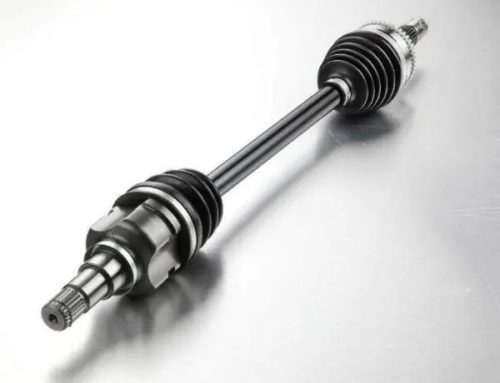
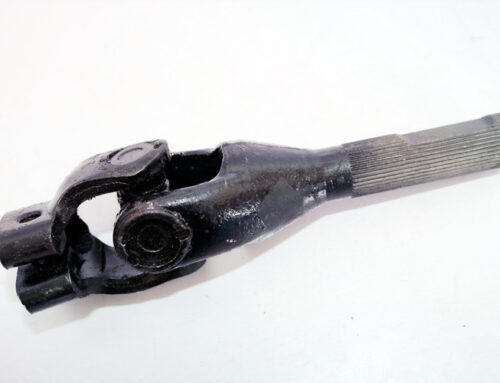
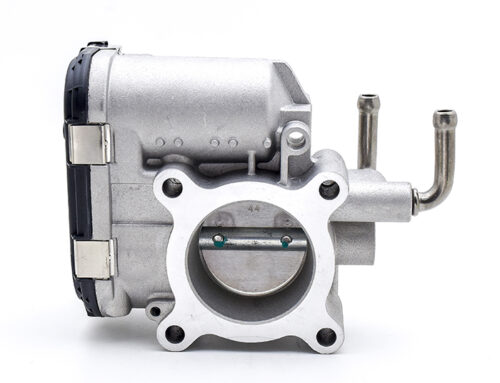
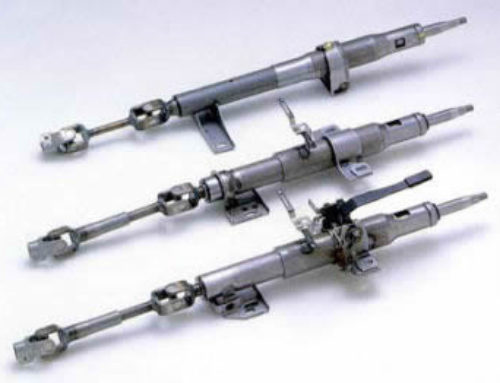
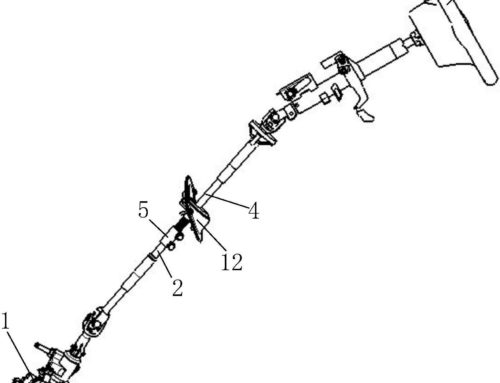
Leave A Comment